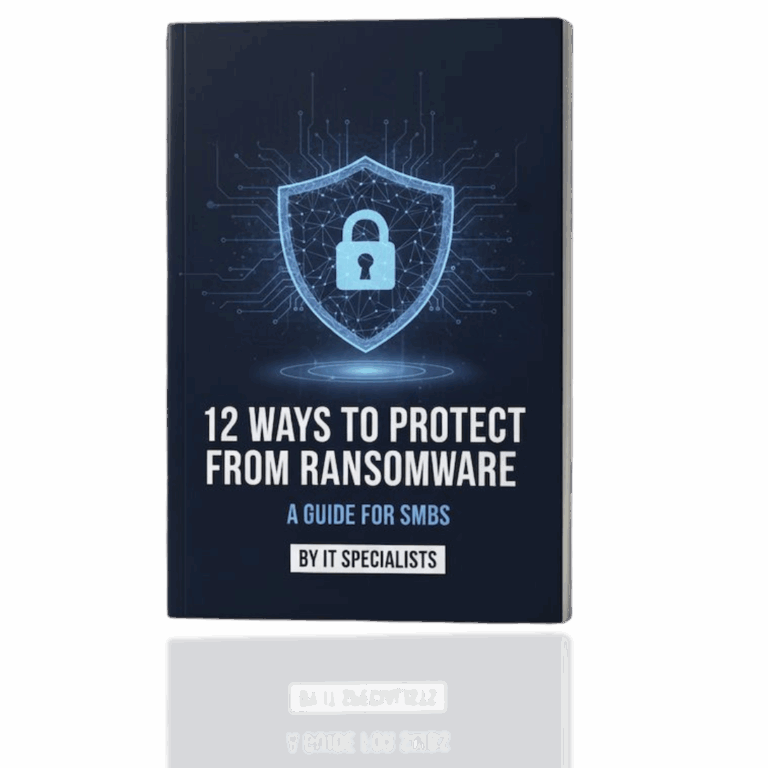The hybrid work model, blending remote and in-office work, offers numerous benefits to businesses but also introduces unique cybersecurity challenges. In this blog, we aim to simplify these challenges, providing business owners with straightforward strategies to enhance security and reduce risks.
Let’s dive in!
Streamlining Access to Company Resources:
In a hybrid work setup, it’s essential to ensure that employees only have access to the resources necessary for their roles. Think of it as giving out house keys only to those who truly need them. By optimizing the distribution of these ‘keys’ (access permissions to company assets), you can save time and minimize errors, especially when rapid access is required.
Identifying Security Risks:
With employees working from various locations, detecting suspicious activities that indicate security threats becomes more complex. It’s akin to monitoring several doors simultaneously. Companies need to adopt intelligent surveillance methods—imagine advanced alarm systems that alert you to any anomalies, even in your absence. Robust cybersecurity measures continuously monitor these entry points and quickly notify your business of any unusual activity.

Adaptable Security Protocols:
In a hybrid work environment, security protocols must be flexible and adaptable to different situations. For instance, if an employee attempts to access files from an unfamiliar location, the system could demand additional verification or temporarily restrict access. Establishing and understanding these protocols is crucial as they help ensure that employees have the right access while sealing any potential security gaps in your network.
Practical Tips for Business Owners:
- Educate Your Team: Train your employees on safe online practices to prevent them from inadvertently opening doors to hackers and threats.
- Promote Secure Connections: Utilize tools like VPNs (Virtual Private Networks) to create secure data transmission tunnels. Think of a VPN as sending your mail in a locked box rather than a transparent envelope.
- Implement Additional Security Measures: Adopt Multi-Factor Authentication (MFA), which sends a code to your phone during critical system logins. This step is essential and shouldn’t be overlooked.
- Keep Systems Updated: Ensure all work-related devices are equipped with the latest security updates.
- Home Network Security: Assist your team in securing their home internet connections to ensure their home environment is as secure as your office.
Conclusion:
Managing cybersecurity in a hybrid work environment doesn’t have to be daunting. By streamlining resource access, vigilantly monitoring for suspicious activities, and employing flexible security measures, you can protect your business effectively. Proper implementation ensures a secure and adaptable work environment that meets your team’s needs. If you have any questions, our team is always here to help!




